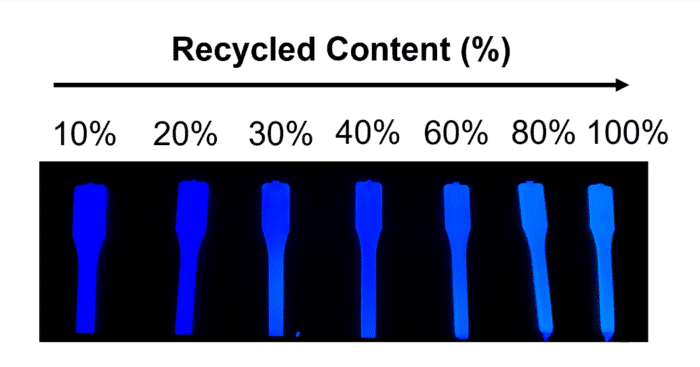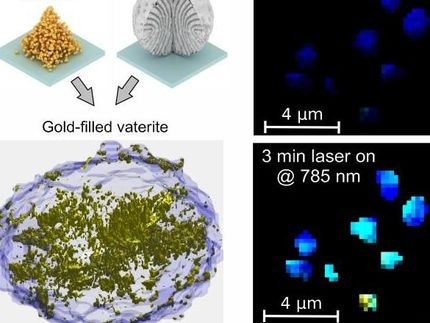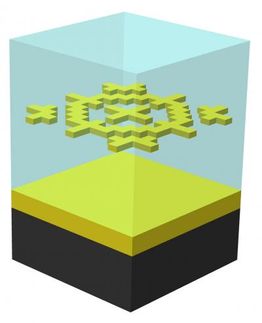Perfect image without metamaterials ... and a reprieve for silicon chips
Since 2000, John Pendry's work on metamaterials has been at the van guard of efforts to create a perfect image – images with perfect resolution that can stem from light being moved in odd directions to create, among other tricks of the light, the illusion of invisibility.
One exciting development was Pendry's theoretically perfect work on negative refraction, which offered the possibility of lenses that could create images with resolution not possible with conventional lenses. But this proved problematic in practice as the negatively refracting materials so far produced did not live up to their potential – absorbing a certain amount of the light and spoiling the resolution of the perfect image.
In a new research paper published Tuesday, 29 September in New Journal of Physics (co-owned by the Institute of Physics and German Physical Society) called 'Perfect imaging without negative refraction', Ulf Leonhardt, Chair of Theoretical Physics at the University of St. Andrew's, has shown that there is another way to create the perfect image.
Inspired by James Clerk Maxwell's findings, first expounded in the 1850s, Leonhardt is reintroducing the idea of a 'fish-eye' lens; a lens that can work in any direction but had not, until now, been modeled to fully account for the wave-like properties of light.
Professor Leonhardt said, "It is the waviness of light that limits the resolution of lenses. Apparently, nobody had tried to calculate the imaging of light waves in Maxwell's fish-eye. The new research proves that the fish-eye has unlimited resolution in principle, and, as it does not need negative refraction, it may also work in practice.
"The theory was inspired by ideas for invisibility where light is bent around objects to make them disappear from view. Here the ideas behind invisibility are applied for perfect imaging."
While the work is only theoretical at present, it will be exciting news to silicon chip manufacturers as the resolution limit of lenses limits the microchip technology needed for making ever faster computers.
While this development will not overcome the problems posed by the physical limits of smaller and smaller chip circuitry, it will give chipmakers freedom to photograph ever smaller, and more compact, structures of billions of tiny transistors on silicon chips to meet the insatiable appetite for faster and smaller computers.
Most read news
Other news from the department science

Get the chemical industry in your inbox
By submitting this form you agree that LUMITOS AG will send you the newsletter(s) selected above by email. Your data will not be passed on to third parties. Your data will be stored and processed in accordance with our data protection regulations. LUMITOS may contact you by email for the purpose of advertising or market and opinion surveys. You can revoke your consent at any time without giving reasons to LUMITOS AG, Ernst-Augustin-Str. 2, 12489 Berlin, Germany or by e-mail at revoke@lumitos.com with effect for the future. In addition, each email contains a link to unsubscribe from the corresponding newsletter.
Most read news
More news from our other portals
Last viewed contents
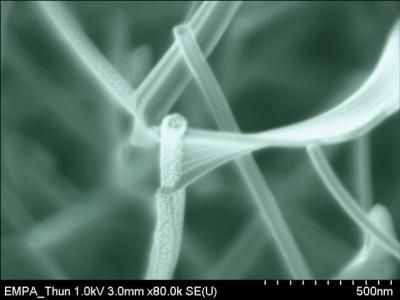
Nanowires for the electronics and optoelectronics of the future - Process for manufacturing nanoelectronic 'mini-circuits' developed
Abgenix And Celltech Enter Technology Licensing And Co-Development Agreement
Oxide and semiconductor combination builds new device potential
Electrochemical sensor for the uncomplicated detection of "hits" on DNA chips
New research could transform how we filter water
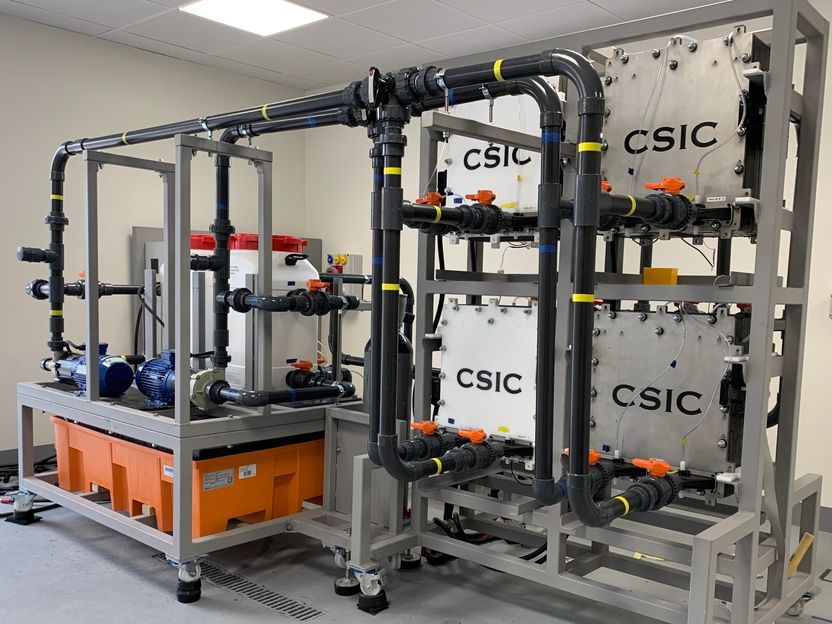
CSIC presents its prototype vanadium battery for large-scale electrical energy storage - 10 kW redox flow demonstrator paves the way for a 50 kW flow battery
Ganesha_(psychedelic)
